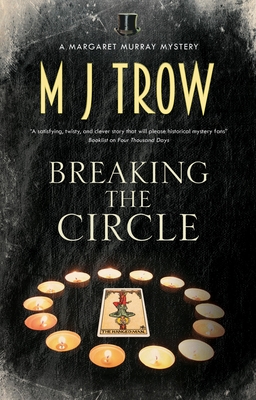 Breaking the Circle (Margaret Murray, #2) by M.J. Trow
Breaking the Circle (Margaret Murray, #2) by M.J. Trow Format: eARC
Source: supplied by publisher via NetGalley
Formats available: hardcover, ebook
Genres: historical fiction, historical mystery, mystery
Series: Margaret Murray #2
Pages: 224
Published by Severn House on January 3, 2023
Purchasing Info: Author's Website, Publisher's Website, Amazon, Barnes & Noble, Kobo, Bookshop.org, Better World Books
Goodreads
Turn-of-the-century archaeologist-sleuth Margaret Murray returns for the second in her captivating historical mystery series.
'Famous Sensitive Found Dead. Police Baffled.'
May, 1905. When one medium turns up dead, the police assume it is a robbery gone wrong, but when another is found obviously murdered, it's clear there's a killer on the loose!
Dr Margaret Murray, accomplished archaeologist and occasional sleuth, calls upon her police connections to investigate; who wants to see the mediums of London dead? Known for her sharp mind and quick wit, Margaret decides to infiltrate one of the spiritualist circles to narrow down the list of suspects.
Her tactics seem to be working as she accidentally puts herself in the sights of the murderer. Unperturbed, Margaret sets an elaborate trap to uncover the culprit - but can she untangle the trail of clues before she too, passes beyond the veil?
My Review:
While the victims of this particular murder spree may be a bit more “out there” in terms of their belief in spiritualism, Margaret Murray’s participation in the investigation isn’t quite as far-fetched here as it was in her first outing, Four Thousand Days.
In that first book it seemed like Murray and her colleagues came together to solve the mystery by a combination of friendship, happenstance and curiosity. This time, while it’s the same band of amateur and professional detectives, the investigation begins deliberately – if still a bit haphazardly. (How the band first got together may be a bit haphazard but their investigation is NOT.)
A woman is dead, having drowned in her mulligatawny soup. It could have been natural causes, but that doesn’t explain what an entire blackbird’s feather was doing in her mouth when she was found. Chicken may be a source of protein for the dish, but blackbird most definitely is not. Nor would it place a whole feather in the mouth AFTER the victim’s death.
But that victim was no one important, and the police seem to have wanted an easy solution. That she was a practicing – if quite possibly fraudulent – spirit medium made the whole thing just that much more distasteful. The inquest ruled the death as natural causes and closed the door on it.
At least until a second spirit medium turned up dead, this time poisoned with cyanide, with the Tarot card of The Hanged Man crushed in the victim’s hand.
That reopens the official case, and brings Detective Sergeant Andrew Crawford and retired Inspector Edmund Reid back to Professor Margaret Murray’s door – which has moved to the Flinders Petrie Museum at University College (now the Petrie Museum of Egyptian Archaeology) in the five years since their previous case. (That gap in time means that you don’t REALLY need to read the first book first, but if this one sounds like your jam it’s every bit as good!)
It’s looking like a serial killer is stalking psychics in London. And yes, someone does make the obvious joke that they should have seen it coming. Setting that witticism aside, Crawford has a bit of a problem. He needs an insider to learn if there were tensions among the various sensitive circles that might have led to murder. But that community skews overwhelmingly female, especially among the active participants. He needs a woman to infiltrate that community, but there were, as yet, no women in the police. (WPCs didn’t begin serving until after WW1)
And that’s where Margaret comes directly into his case, literally, posing as a psychic and getting an inside look at the circle where the first victim was a member. The police are still searching for a motive for the killings when the killer turns from poison to blunt force trauma, killing one woman by beating her to death with her own crystal ball.
Now Margaret is in the thick of it. All she’ll need to do is hatch an out-of-the-box scheme to catch the killer without putting herself into a box – or a coffin.
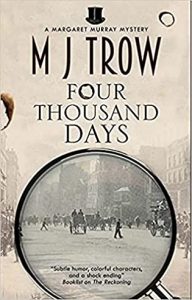 Escape Rating A-: What makes this series work, at least for this reader, is the voice of its protagonist Dr. Margaret Murray. Not just because she was a real person – as were both Flinders Petrie and Edmund Reid, but because she led the kind of life, had the type of career, and left behind the writing to make the adventures that her fictional avatar gets herself into seem not just plausible but even possible.
Escape Rating A-: What makes this series work, at least for this reader, is the voice of its protagonist Dr. Margaret Murray. Not just because she was a real person – as were both Flinders Petrie and Edmund Reid, but because she led the kind of life, had the type of career, and left behind the writing to make the adventures that her fictional avatar gets herself into seem not just plausible but even possible.
On the page she may seem like a voice from the 21st century, but there is more than enough evidence that she was a woman of her own time with the kind of history and personality that makes her easy to identify with now. She was a feminist before it was ‘cool’, and then not so cool, and then cool again, and not again and left behind the body of work to prove it.
Which makes her dry wit and trenchant observations on being a professional woman in a man’s world all that much more fascinating as well as both rueful and even funny although they all too frequently still ring true.
The mystery that Murray is in the middle of is more than a bit ‘out there’ and not just because the victims are into looking ‘behind the veil’ and other euphemisms for attempting to speak to the dead. Even if the professionals among them are mostly fleecing people by attempting to speak to the dead. Some of the practitioners and their adherents really do believe – whether we do or not.
The whole case is a fascinating puzzle, all the more so because it takes place at the dawn of modern forensics. Fingerprints are just being accepted as valid evidence, and photography of crime scenes is just beginning to come into its own.
Most of the investigation of this crime involves human factors rather than early 20th century technology, but we also see a bit of the human factors from the police perspective as well. The initial reluctance to take up the case because of the victim’s profession being a case in point.
Howsomever, it’s Margaret Murray that we follow, and she’s just fascinating in an understated and dry-witted way. She’s looking into the people, both the spiritualists and the victims, to see where there might be means, motive and opportunity for murder. That she discovers she’s been barking up the wrong tree but still manages to right herself in the end gives the mystery the twist that it needs to ramp the tension up and to bring it back down to its justified conclusion.
She’s also creating a rather eclectic group of colleagues around herself. Not just Crawford and Reid, both policemen by trade and training, but also Thomas the proprietor of the local cafe – and reformed thief, and Dr. William Flinders Petrie himself, who was her real-life mentor but is also her lover. (Whether that last bit is also history or just fictional we may never know).
But I’m reading this series for Dr. Margaret Murray. I had a fantastic time with her in Breaking the Circle – every bit as much as I did in the first book in her series, and hope that she has as long a career as an amateur detective as she did in real life!

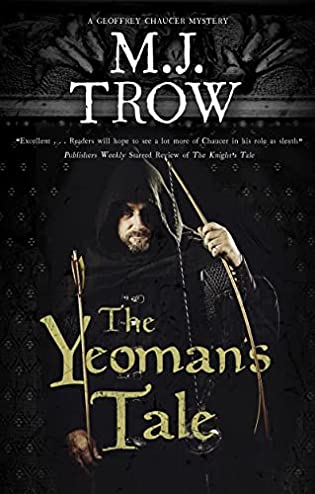 The Yeoman's Tale (Geoffrey Chaucer #2) by
The Yeoman's Tale (Geoffrey Chaucer #2) by 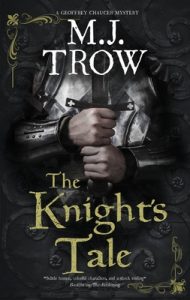 Escape Rating B-: The thing about historical mystery, just like other hybrid genres, is that it has to satisfy both sides of its equation in order to satisfy its readers. In this particular case, that means that the historical setting and characters need to be well-researched, fully-fleshed out, and seem at least plausible for their time and place, while the mystery still has to encompass the elements that readers expect of that genre, a crime to solve, an investigator, whether amateur or professional, and a solution that gives the reader the satisfaction of learning the motive, the means, the opportunity and the perpetrator of the crime – while seeing justice served upon that perpetrator in one way or another.
Escape Rating B-: The thing about historical mystery, just like other hybrid genres, is that it has to satisfy both sides of its equation in order to satisfy its readers. In this particular case, that means that the historical setting and characters need to be well-researched, fully-fleshed out, and seem at least plausible for their time and place, while the mystery still has to encompass the elements that readers expect of that genre, a crime to solve, an investigator, whether amateur or professional, and a solution that gives the reader the satisfaction of learning the motive, the means, the opportunity and the perpetrator of the crime – while seeing justice served upon that perpetrator in one way or another.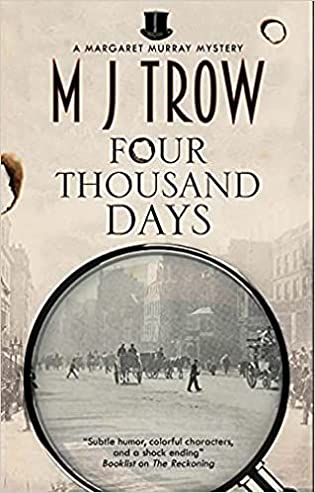 Four Thousand Days (Margaret Murray, #1) by
Four Thousand Days (Margaret Murray, #1) by 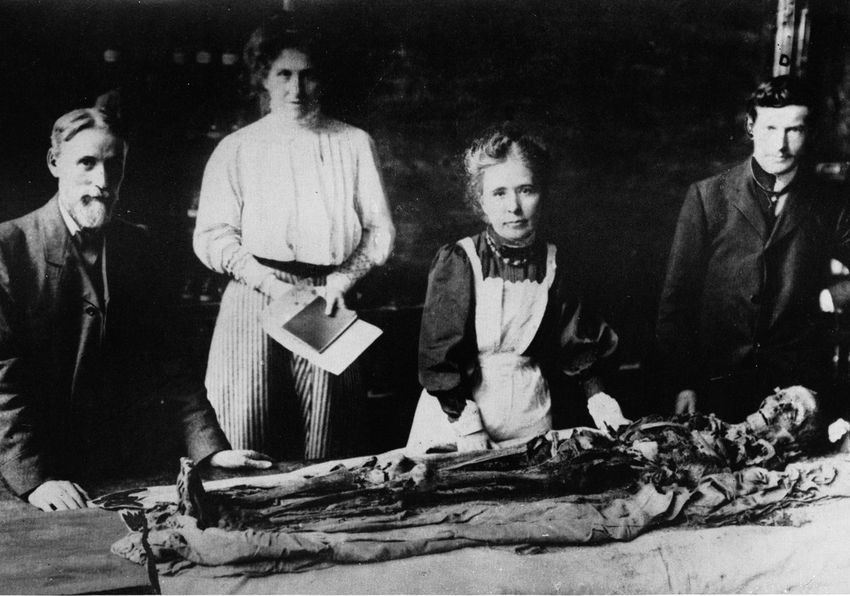
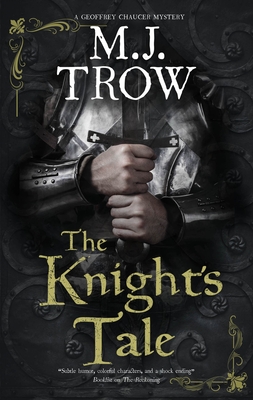 The Knight's Tale (A Geoffrey Chaucer Mystery #1) by
The Knight's Tale (A Geoffrey Chaucer Mystery #1) by 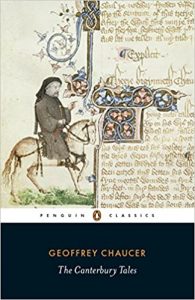 The Knight’s Tale is the first tale of Geoffrey’s Chaucer’s masterpiece,
The Knight’s Tale is the first tale of Geoffrey’s Chaucer’s masterpiece,